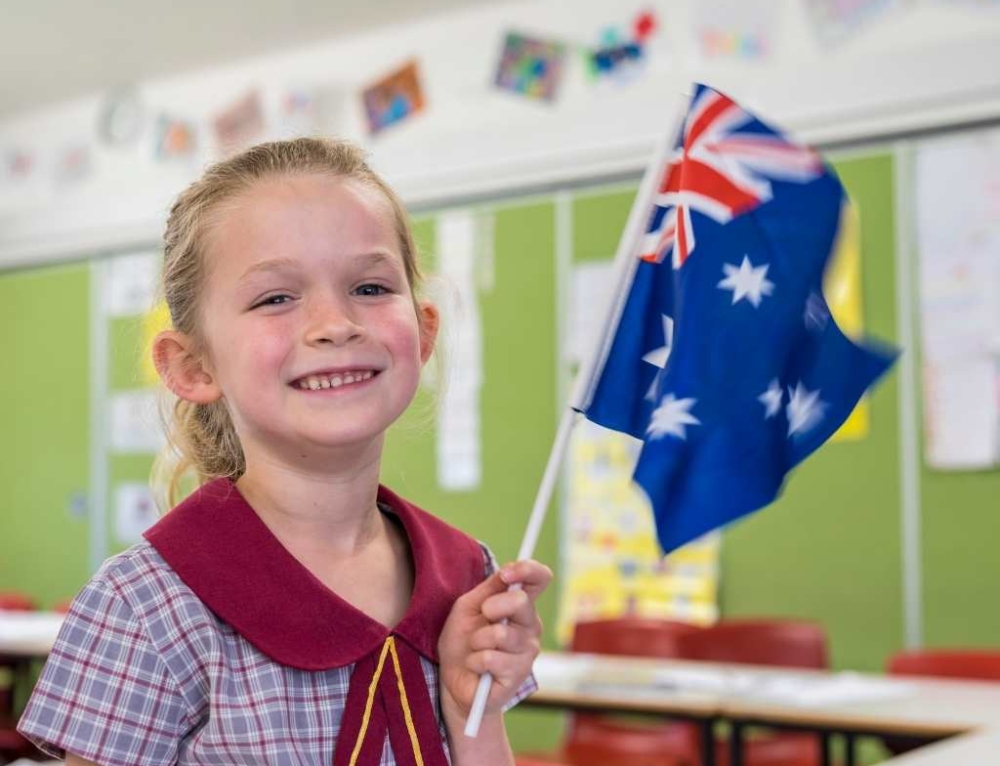Reading for children at this developmental stage is focused on reading for new learning as well as comprehension. 9 – 10 year olds are becoming increasingly independent in their reading. They now understand the purpose of their own reading and are able to adjust the pace of their reading and strategies to suit the text.
What you can expect
-
9 – 10 year olds know what ‘good readers’ do
By this stage children are very aware of the behaviours of ‘good readers’. Children will have developed a range of strategies to use and the focus in on learning to apply them correctly. They know they can reread, look up the meaning of an unfamiliar word, keep reading and then reread, look for support information in pictures/charts/diagrams, consult an expert on the information, or try another strategy.
-
9-10 year olds can read short novels
Children are now able to read texts with minimal illustrations as they are able to visualise the plot in their mind. They are reading about unfamiliar content, settings and characters. They are increasingly confident with unusual vocabulary.
-
9-10 year olds are reading texts silently
Children are now able to read silently. They should be fluent readers. However students still require monitoring to ensure that fluency is maintained as comprehension develops. If your child is reading silently ensure that you check their comprehension by asking questions following their home reading time.
-
9-10 year olds are meaning focused
At this age decoding should be happening with a degree of automaticity. Children are focused on the meaning of texts and are able to suit their rate of reading to match the complexity of the text.
-
9-10 year olds have developed inferential skills
Children at this age have learnt the difference between literal and inferential meanings. Literal meaning is the simple, most obvious meaning. Inferential meaning is “reading between the lines” or meaning that is interpreted rather than directly stated. As readers they are now using both forms of meaning to understand causes and consequences while reading.
-
9-10 year olds can analyse a text
Children are now not only reading the text they are able to examine a text closely and to understand how the text can be written from different perspectives.
-
9-10 year olds can construct an overview of what they read
Children have moved on from simple retelling and identifying main ideas to identifying the key ideas and understanding how these link to the purpose of the text.
-
9-10 year olds can find the meaning of unknown words
Children at this age are able to use a dictionary, thesaurus or other reference source to find the meaning of a word. This is an important skill as texts begin to contain more subject specific vocabulary.
-
9-10 year olds are using multimodal texts
Multimodal texts are those which have more than one ‘mode’. They may incorporate written or spoken text, still or moving images as well as sound. Children are ‘reading’ multimodal texts in the forms of internet sites, emails, DVDs, CD-ROMs and educational software. These multimodal skills are developing their visual literacy skills and engaging children by allowing them the chance to read authentic ‘real life’ texts.
Important
Reading and writing are inter-related and occur in every-day life. Readers read for many purposes: to be informed delighted, challenged, amused, comforted, entertained and enlightened. In encouraging your child to read, the reasons for reading should be the focus, not forgotten.
This article was written by Michelle Barrington for Kidspot, New Zealand’s leading education resource for parents. Michelle is a teacher and mother who blogs at Gee, You’re Brave.







Leave A Comment
You must be logged in to post a comment.